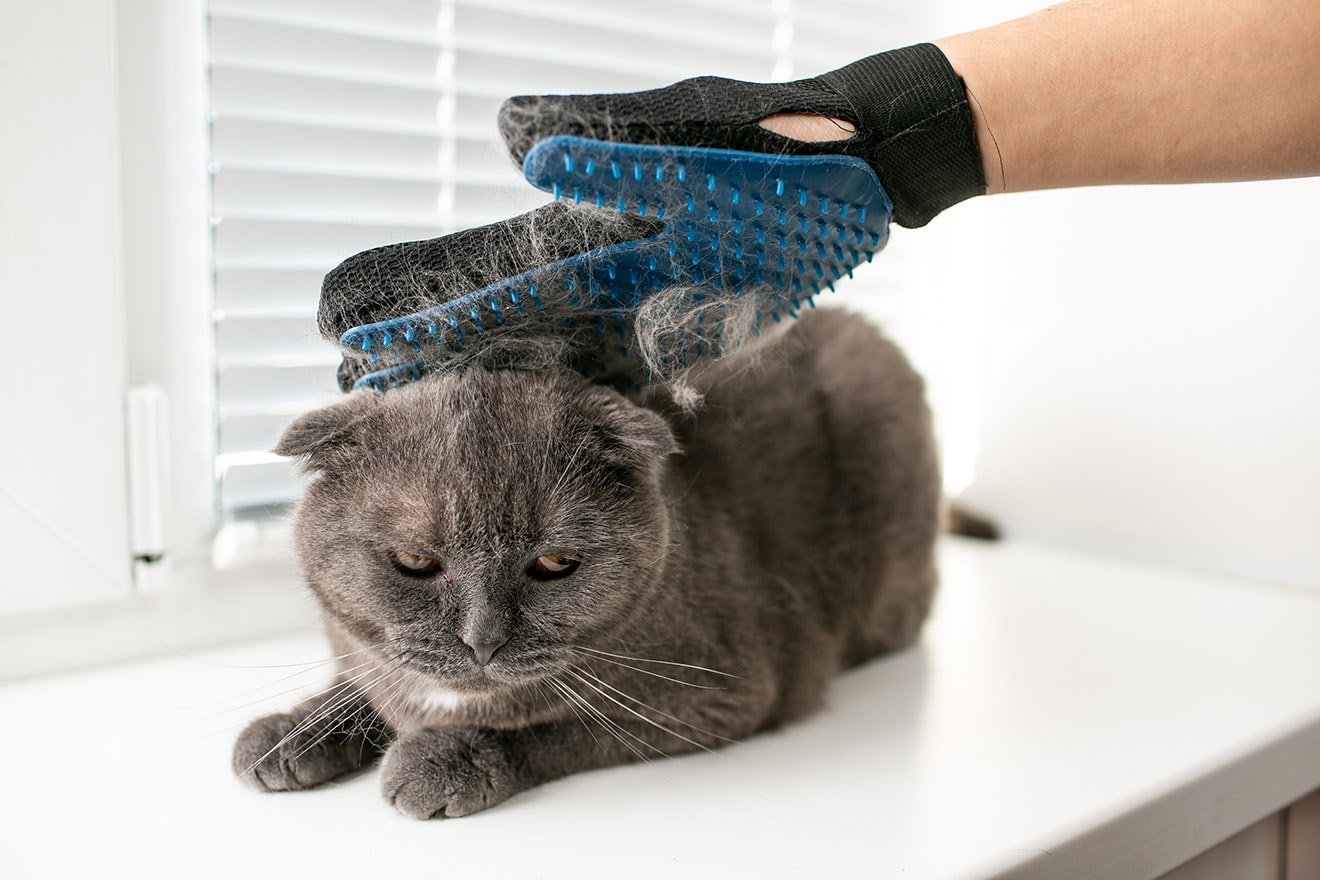What Is the History of Persian Cats? The Fascinating Story
By Kit Copson
Updated on
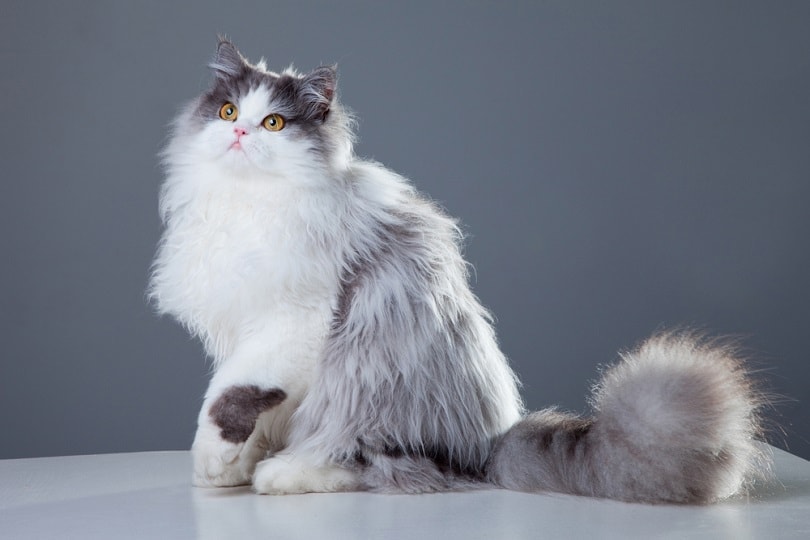
If you’ve ever been lucky enough to meet a Persian cat, you won’t be surprised to learn that, in 2021, they came in fourth on the Cat Fanciers’ Association’s list of most popular cat breeds. These sweet-natured fluffballs are famed for their “smushed” facial features, short stature, and the characteristic “explosion” of soft, long fur.
As an ancient breed, Persian cats also have quite a story to tell. In this post, we’ll step back in time and explore the history of Persian cats, from their origins to their place and impact in today’s world.
Persian Cats: Origins
Though it’s not clear where exactly Persian cats originated from, it seems most likely that ancient Persian cats had their beginnings in Persia, today known as Iran. However, the breed has developed somewhat since that point, and modern-day Persian cats are said to be more closely related to cats of European origin rather than those of Western-Asian origin.
The Persian cat’s ancestors were very likely roaming around (or being worshipped in) ancient Egypt, as their image can be seen in hieroglyphics dating back as early as 1684 BC.
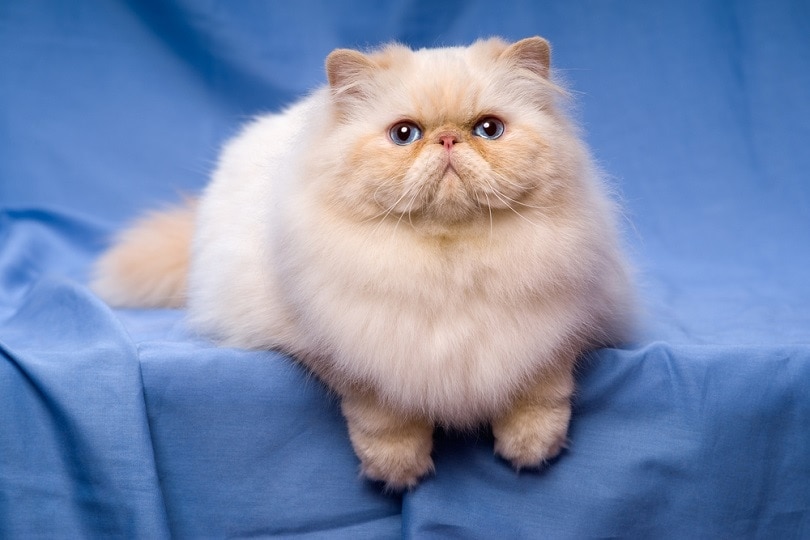
The 1600s: Entry Into Europe
The Persian cat first officially entered Europe via the Italian Peninsula in 1620. From there, they spread out into other European countries, including Turkey, France, and Great Britain. That said, some historians estimate Persian cats to have first arrived in Europe hundreds of years earlier, around the 1300 mark.
The 1800s: Development and First Cat Show
By the 19th century, Persians were growing in popularity in Europe. Their appearance was developing as a result of crossbreeding—particularly with Angoras. Selective breeding led to the more “modern” Persian cat traits—distinctively round heads and ears, and large, round eyes.
In 1871, a Persian cat was shown for the very first time at the Crystal Palace, London. Around that time, cat fanciers were starting to form distinctions between the similar-looking Angora, with whom the Persian had been crossbred. The main differences were determined to be the rounder head of the Persian and different coat types.
In the 19th century, Persians became particularly popular with the royals and celebrities. Queen Victoria was said to have had a particular fondness for the breed and kept several Persians as pets. Florence Nightingale, also a cat lover reputed to have owned around 60 cats in her lifetime, counted a family of Persian cats among her beloved fluffy family.
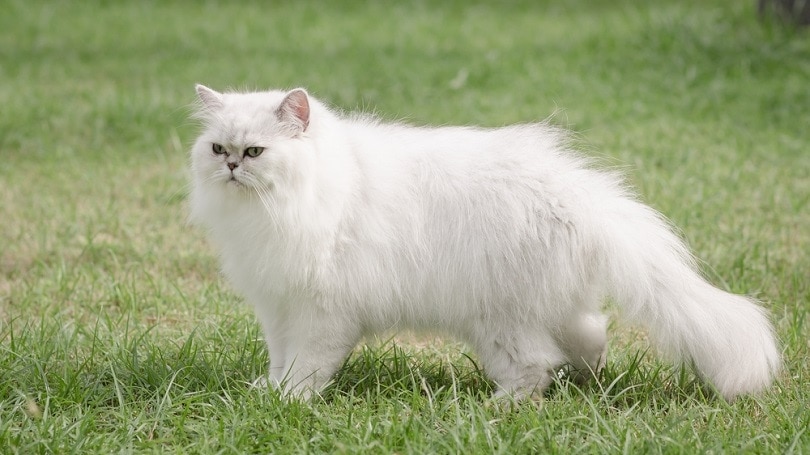
The 1950s: Development of the “Snub-Nosed” Look
In the 1950s, the “peke-faced” or “snub-nosed” look that modern Persian cats are famous for first appeared as the result of a genetic mutation.
Despite the health issues linked with brachycephalic breeds—such as difficulty breathing—those that liked this new look in Persians decided to continue breeding them to maintain it. Unsurprisingly, this has caused controversy in the cat world due to animal welfare concerns.
The breed’s popularity declined in the 1990s because of the health issues flat-faced breeds suffer from. Apart from breathing issues, flat-faced cats like Persians tend to get a lot of discharge between their eyes and noses caused by facial skin folds. The eyes can also be affected, as they’re not well-shielded from foreign bodies.
Other Persian cat varieties, particularly Teacup Persians—Persians bred to be as small as possible—have also been the subjects of controversy, again, due to the health issues related to breeding these tiny cats.
Cats that have maintained the original Persian cat features and that have not developed these more “unique” physical traits are referred to by some as “Traditional Persians.” Some associations do not recognize any distinction between Traditional Persians and the more unique-looking present-day Persians, however.
Development: Persian Cat Varieties
Crossbreeding has resulted in several Persian cat varieties.
- Himalayan
- Chinchilla Longhair
- Sterling
- Teacup Persian
- Exotic Shorthair
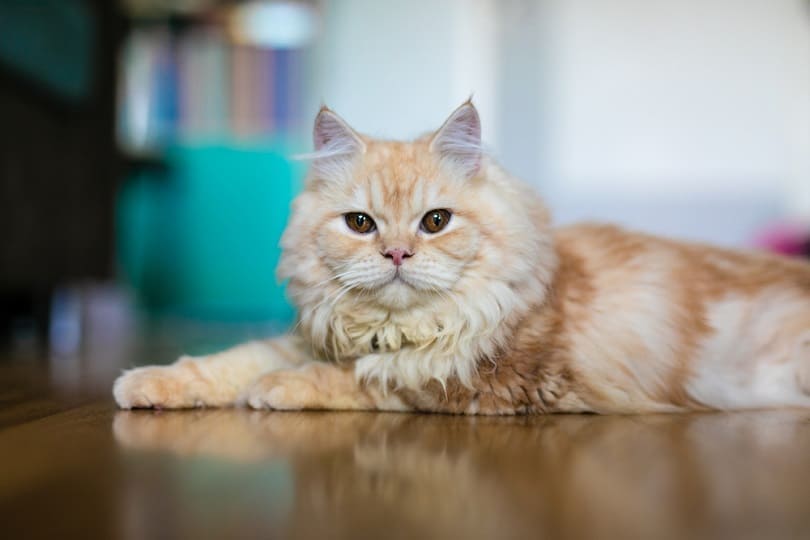
Persian Cats Today
Persian cats are much-loved members of many households today. A quiet breed that enjoys snoozing and snuggling up in warm places, they’re known for being affectionate towards their favorite people, but very selective about who they “choose.” They have a tendency to warm strongly to one or a few special people, for whom they reserve all their love.
They’re not typically destructive or strong-willed, preferring a drama-free, calm, and tranquil existence. In all, Persians make wonderful companions due to their affectionate natures coupled with an independent streak that means they won’t demand all of your time.
If you do decide to bring a Persian cat into your home, we recommend adopting rather than buying one. As mentioned, the way Persians are bred can result in uncomfortable and even painful health conditions, so it’s important to be aware of this.
Adopting a Persian instead of buying one means you won’t be paying a huge amount of money to breeders and any fee you do pay goes toward helping other animals. You’ll also be giving a Persian the loving home they deserve.
Conclusion
We hope you’ve enjoyed learning about the history of Persian cats as much as we have! If you’re feeling inspired to welcome a Persian into your home now, we don’t blame you—these cats are simply fantastic. However, we’d definitely urge you to support animal shelters and rehoming centers by adopting a Persian rather than buying one.
Featured Image Credit: Irina oxilixo Danilova, Shutterstock



